Speaking with a number of reinsurance buyers regarding their outlooks for January 2025 renewals, it’s clear most are resigned to attachment points remaining at or near the more elevated levels set in recent years, but they are hopeful that aggregate coverage will become more available, especially from the capital markets.
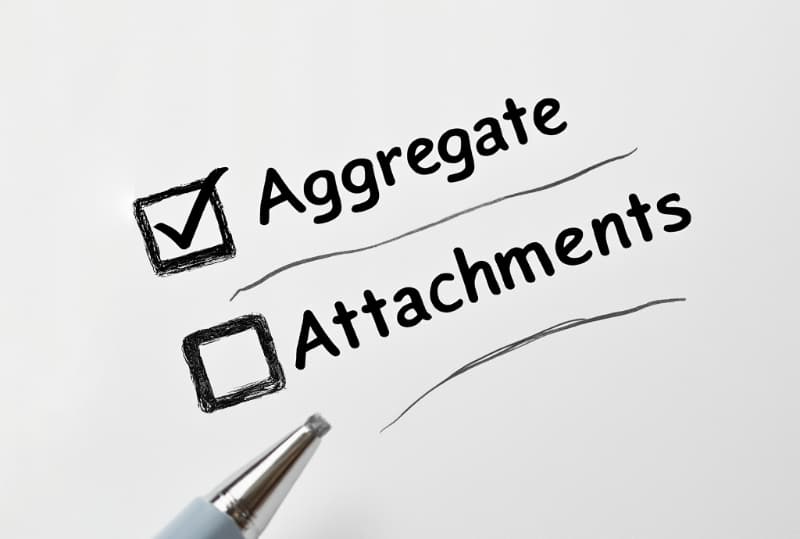 Over the last few years rising attachment points and reduced aggregate protection are two factors that have left primary insurers and retrocession buyers holding onto more of their natural catastrophe losses.
Over the last few years rising attachment points and reduced aggregate protection are two factors that have left primary insurers and retrocession buyers holding onto more of their natural catastrophe losses.
The proportion of any major loss events that gets retained has increased considerably, but at the same time and equally as challenging, for primary insurers especially, the reduced availability of aggregate reinsurance has resulted in more frequency loss retention as well.
The upshot is that fewer losses have been ceded to reinsurance and retrocession markets and while there is no sign of any significant changes there, some signals are visible to protection buyers that suggest a greater availability of aggregate protection over the next year’s renewal contract negotiations.
Our sources on the reinsurance buyer side are not hopeful about any meaningful changes to their attachment points at the January renewal season.
Further out, Florida focused buyers are exhibiting a little more confidence in their ability to reduce attachment points somewhat at the June 2025 renewal season, but they are also cognisant that this may come at a price across their program.
On the capital provider side, there is appetite to provide reinsurance and retrocession lower-down, but markets are demanding relatively static risk-adjusted returns for deploying capital to lower-layers, which we’ve seen evidenced in the catastrophe bond market where spreads of higher-risk tranches of notes have not moved considerably year-on-year.
The most evident softening of rates in the catastrophe bond market has been seen in higher-layer tranches of notes, where the competition is fiercest against traditional and other collateralized sources of reinsurance protection.
Price adjustments are likely to be seen and reinsurance buyers do have levers they and their brokers can use, to encourage more appetite lower-down their reinsurance towers. But, while lower-layer protection is generally more available this year than last, it is not at low-enough levels to make a meaningful difference to overall program attachments, we are being told.
On the aggregate protection side, things do seem more encouraging for reinsurance and retrocession buyers this year.
There has been an almost constant discussion over the last two years about what is needed to make providing aggregate cover more attractive to reinsurance and third-party capital markets again.
Event deductibles and contribution cap limits, as well as tighter peril descriptions, all seem to have had their desired effect now, with more aggregate capacity expected to be available in 2025.
Within the catastrophe bond market there has been some evidence of this, with more aggregate retro industry loss index trigger arrangements settling at tighter pricing for their sponsors of late, while a number of primary carriers have also sought to tap the cat bond market for aggregate reinsurance limit this year.
Already in 2024, Artemis has tracked 29 tranches of catastrophe bond notes that provide aggregate or dual-section coverage including aggregate, that have settled year-to-date.
In addition, the currently $1.925 billion of cat bonds in the pipeline and scheduled to settle before the end of the year, contain a further 8 tranches of notes that bring aggregate exposure to cat bond funds and investors.
This compares to just 24 tranches of aggregate cat bond notes issued throughout the full-year of 2023.
In limit terms, the 2024 aggregate tranches, including the pipeline, add up to $6.16 billion in risk capital issued, or to be issued by year-end if the pipeline remains on schedule. Two tranches of aggregate notes in the pipeline are still unsized, so along with other deal size increases this figure could grow.
For 2023, the aggregate tranches of cat bond notes we tracked only amounted to almost $4.46 billion in risk capital.
Which means that, so far in 2024 issuance of aggregate catastrophe bond limit is up approximately 38% over 2023, which seems a meaningful increase and reflects an improved investor appetite for aggregate cat bond investment opportunities.
It’s also up on 2022 and 2021, our data shows, when issuance of aggregate cat bond tranches and limit were both lower than 2023, perhaps reflecting the slow recovery in investor appetite.
With less reinsurance available, at the terms carriers had become used to, protecting surplus is more of a challenge and property risk accumulations are a constant area of concern.
The reinsurance and insurance-linked securities (ILS) market continues to make fine adjustments to its appetite for risk and with some signals that aggregate protection may be more available, even though less all-encompassing than it was in the past, this will ultimately benefit primary carriers, while a greater availability of aggregate retrocession is also a benefit for the reinsurers.
There is, of course, a natural delay in the system, as reinsurers and ILS players want to see an element of aggregate hedging capacity available to them, to give them the comfort to deploy more limit to aggregate deals.
So, we’re not looking at any wholesale recovery in the availability of aggregate limit, nor a recovery of appetites for aggregates to the level we had seen in the past.
But we are seeing market appetite recovering, on the understanding structures remain well-thought through and assuming severe weather frequency remains very well compensated.



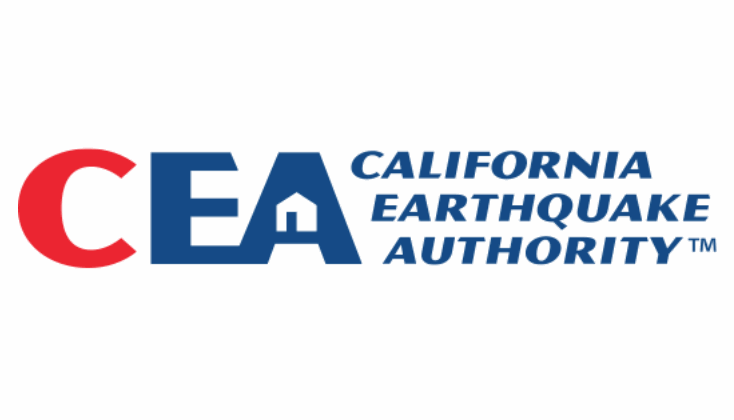



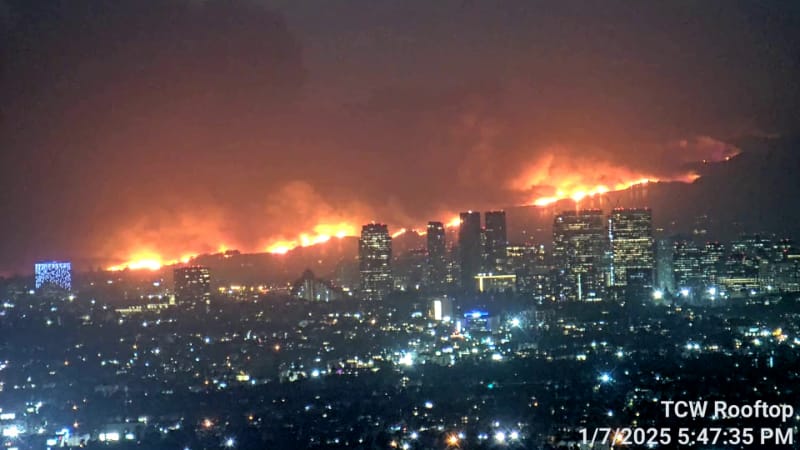

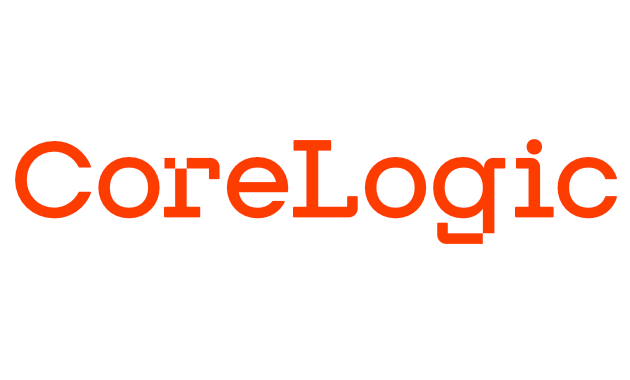
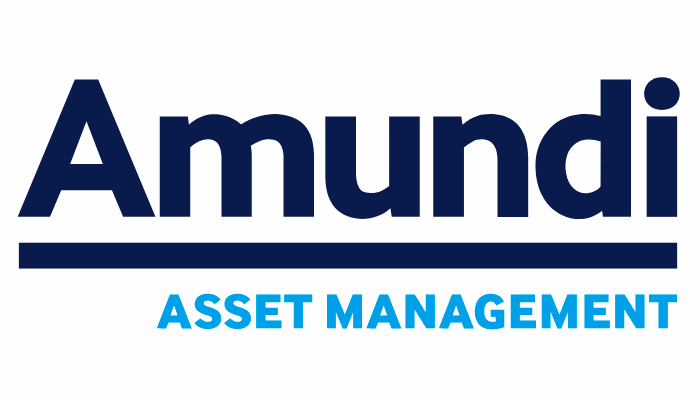

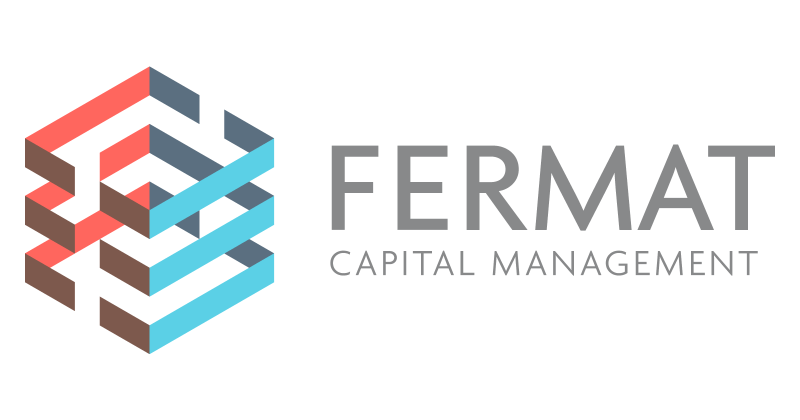








 English (US) ·
English (US) ·